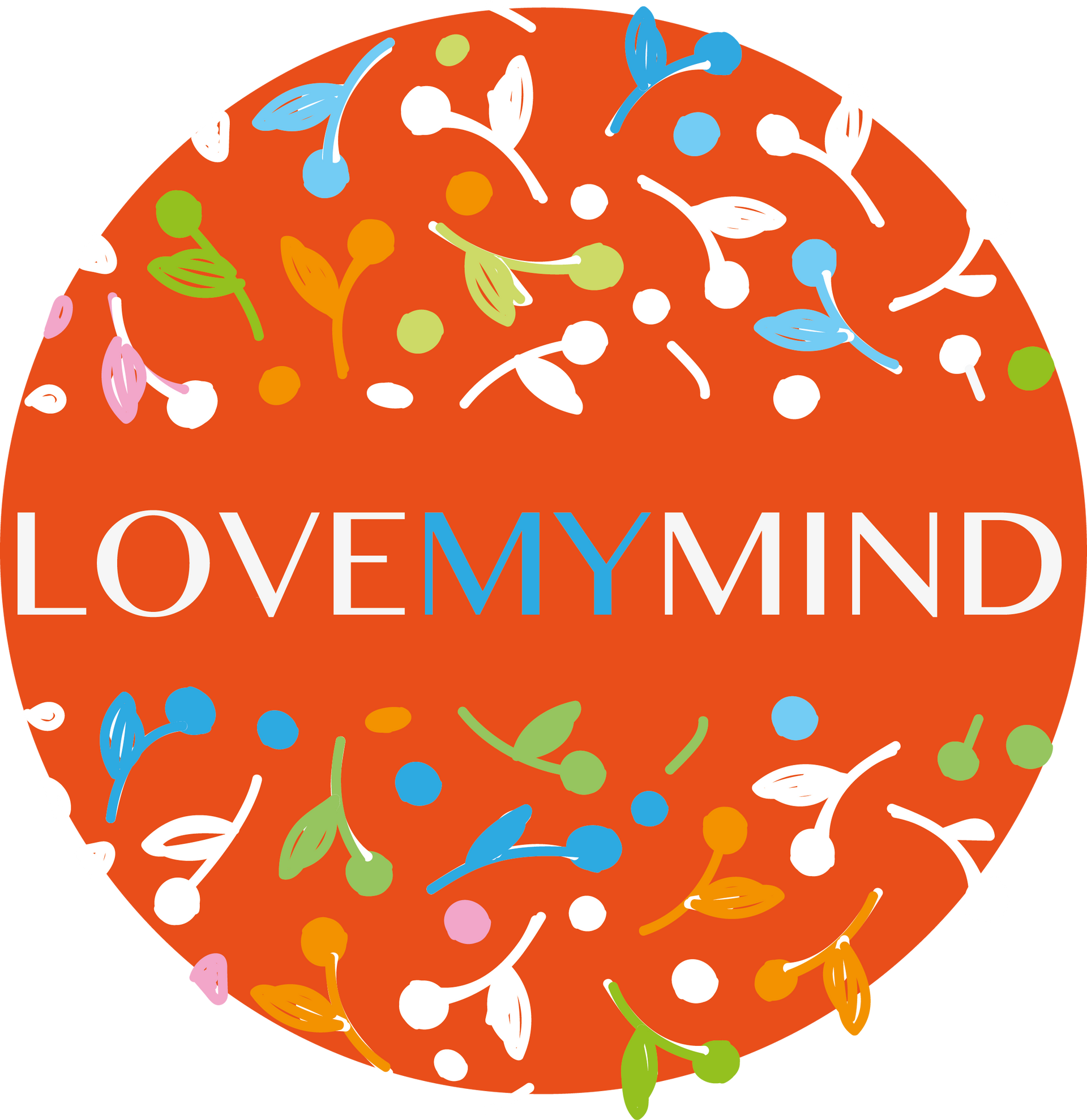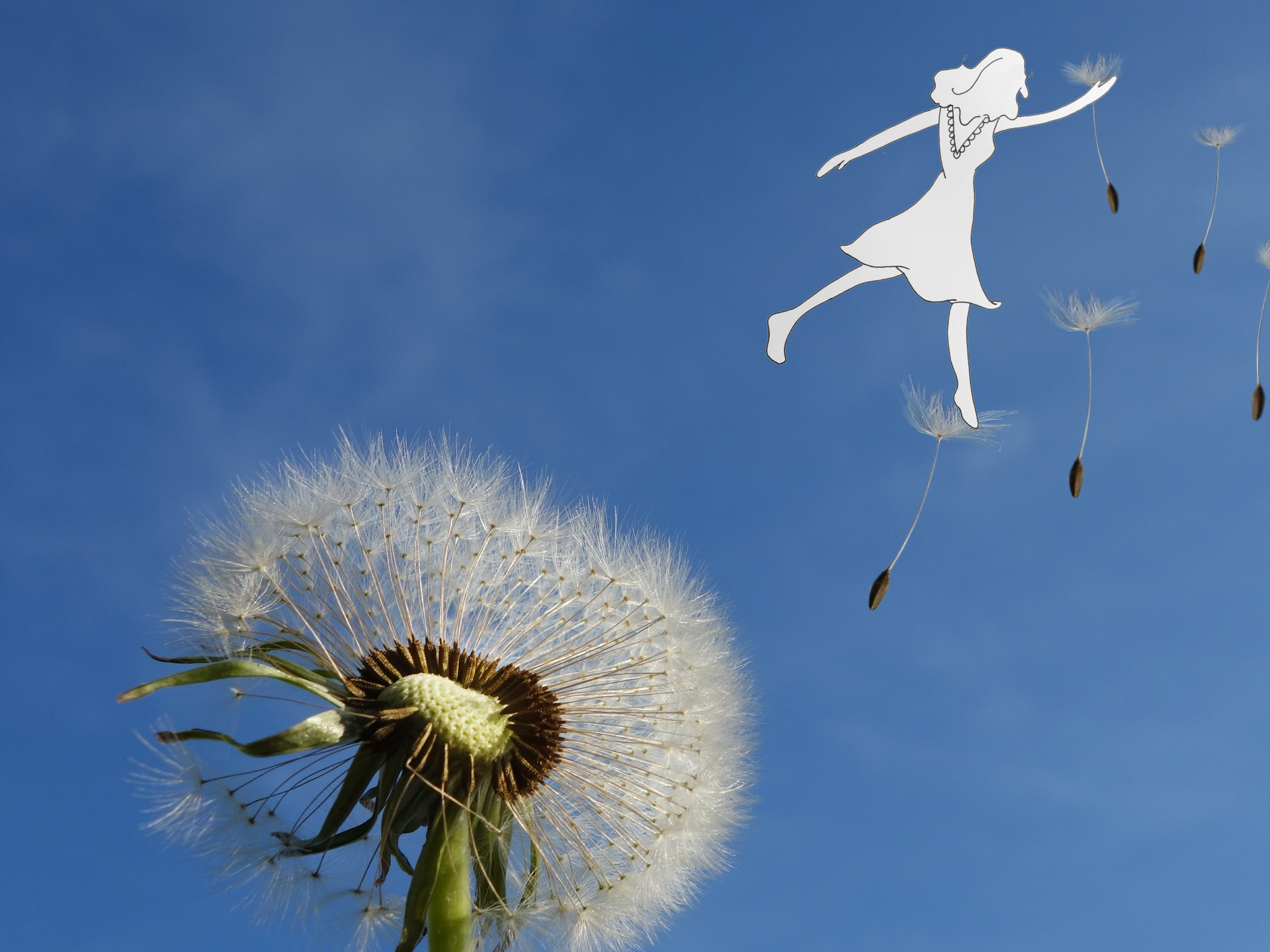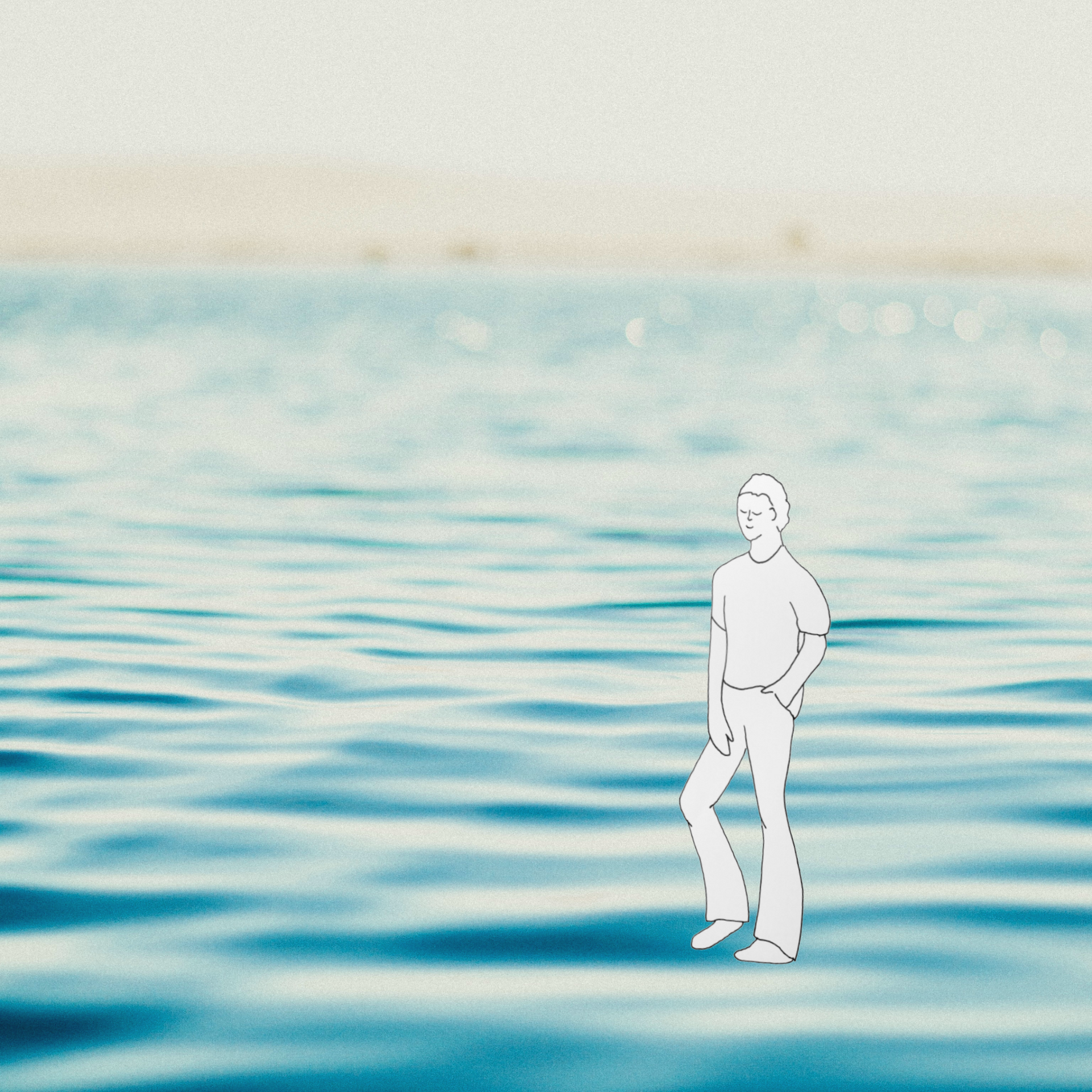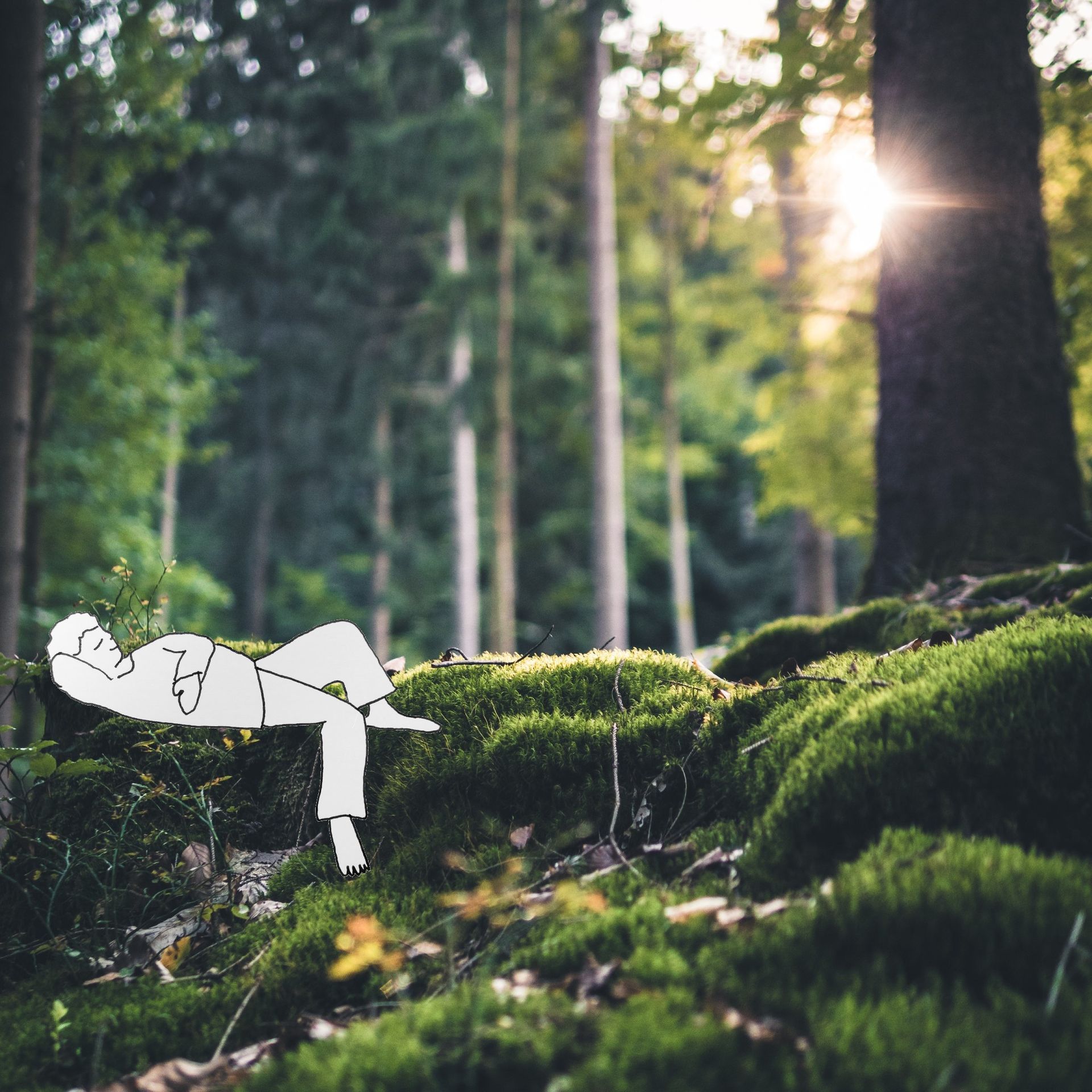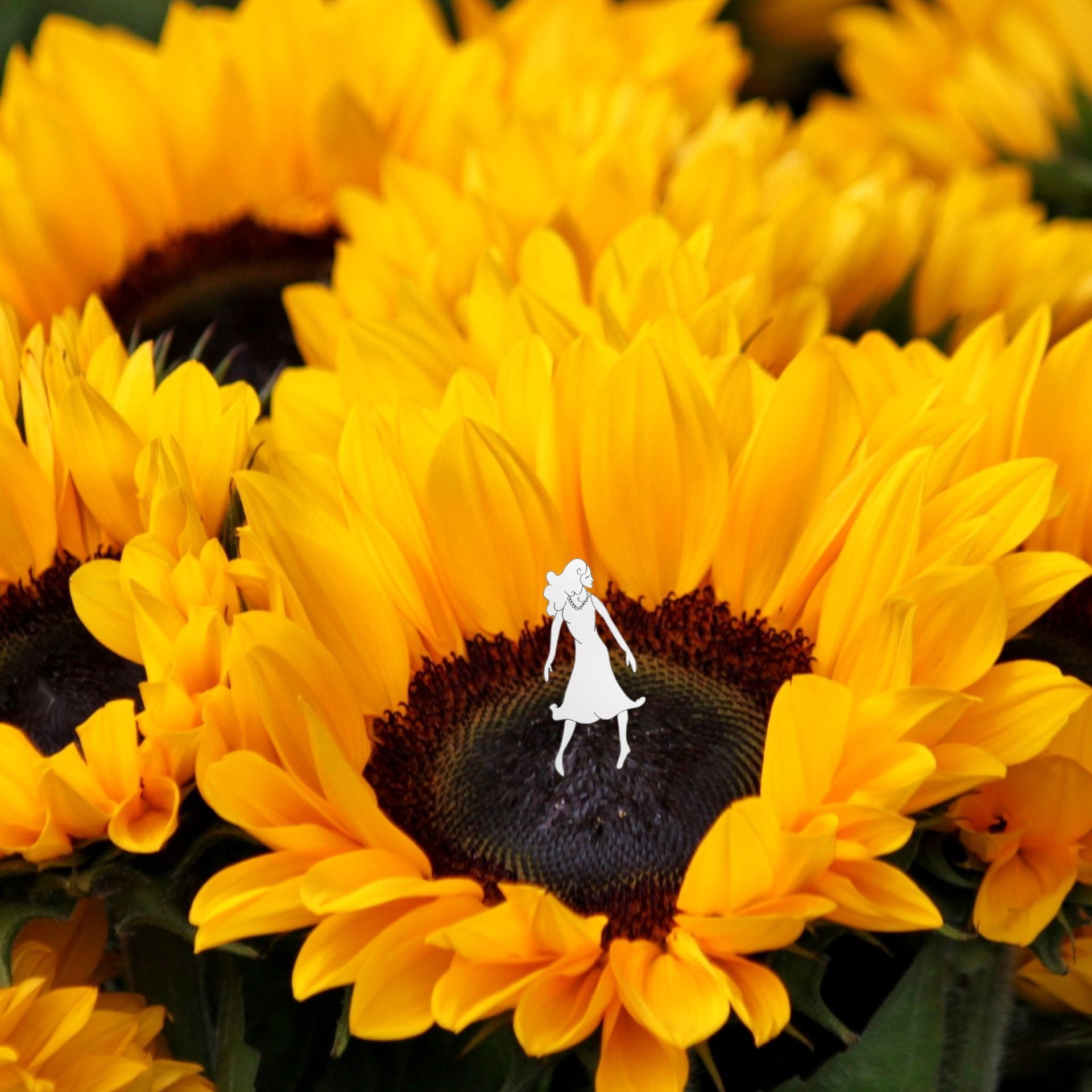The easy way to build resiliance
The easy way to build resilience
To help our well being, we know we need to sleep, eat healthily, exercise, and maybe meditate, and these habits are certainly useful in building happiness, feeling calm and being able to cope with the demands of our busy lives.
But there’s another way we can create strength and resilience that’s often overlooked and that is to boost our creativity.
Creativity unlocks our internal resources for dealing with stress, solving problems, and enjoying life. When we are creative, we are being resourceful, and we are able to problem solve in new and original ways.
Being creative is something we can do, but is also an attitude we can cultivate. It can develop from being a habit into a way of life with practice, and studies into resilient people have identified creativity as a key behavior trait. Creativity is a habit that needs to be developed, and can make many people feel fearful because they don’t think they are good at art. The fear comes from trying anything that is different, as our brains like routine and will protest when pushed out of our comfort zone.
It is worth giving a go though, as the creative process enables us to see problems with new perspectives and see situations in a different light. Creative thinking allows us to make connections between things, gain new perspectives, and find innovative ways to deal with anything.
Creativity is good for your brain because it stimulates alpha waves, the signals in the brain that closely correspond with feeling relaxed. Scientists have discovered that when people are calm, they’re much more likely to have a “light bulb” moment, and impossible problems can somehow seem to solve themselves. This is why when you’re going around and around a problem, the best thing to do is go for a walk, grab a shower, or make dinner as these activities produce alpha waves in your brain.
Studies show that activities such as drawing, sculpting crocheting and writing in a journal actually raise our serotonin levels and decrease our anxiety hormones. Creativity helps to build our resilience, helping us to deal with problems in a way that makes us able to deal with them with ease next time.
We can build our creative thinking by asking questions, being curious and by experimenting. Allowing ourselves to make mistakes, congratulating ourselves for trying and speaking kindly to ourselves internally means we are more likely to try more things, and trying means there is a high chance of succeeding. If you follow your curiosity, experiment with ideas, and learn from your mistakes, the quality of your creativity will constantly improve. Human beings need to express themselves, it is a part of who we are.
For your emotional wellbeing, nourish your creative spirit, give it a go!
🌈🌈🌈🌈🌈


